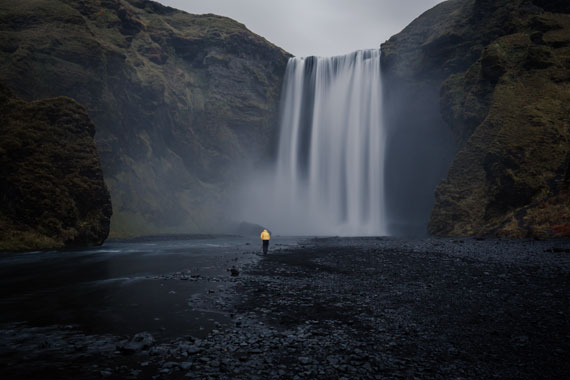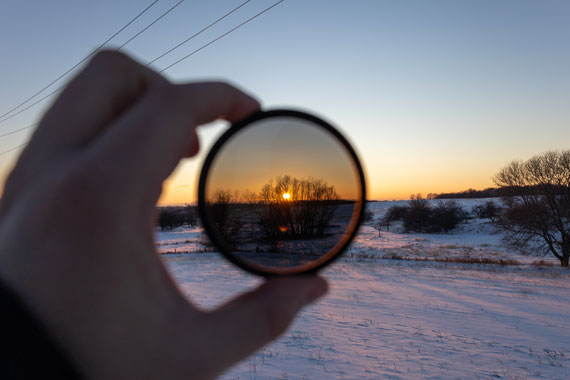Waterfalls are great examples of how ruthless and overpowering nature can get. While some find the gorging sound surrounding waterfalls to be relaxing, the same can induce a sense of anxiety amongst the faint of hearts. As a photographer, you have the ability to take an image that represents the mood that you want to portray. No matter how violent a waterfall may appear in reality, you can thus depict a relaxing perception using techniques to take a smooth image of a waterfall. Some photographers prefer a sharp look while others prefer this smooth look:

Photo captured by Richard Schneider. f/8.0, 4 seconds, ISO 125.
There are various factors that you need to consider when taking an image of a waterfall that appears silky smooth. While some of these factors can be controlled with your camera settings, others are dependent on the use of accessories to help you make your image better. Today, I’m sharing with you three important tips that will help you to photograph a waterfall that reflects the true essence of being around one.
Try a long shutter speed. Your choice of shutter speed is a critical factor that determines how the waterfall will appear in the final image. In order to make the waterfalls appear silky smooth, you need to use a long shutter speed like 1s or more. This gives a dreamy effect to the waterfall. The volume of water flowing down the water also determines how long your shutter speed should be for the waterfall to appear smooth. Lower the volume of waterflow, the slower your shutter speed will need to be. So, play around with different shutter speeds and determine the right one for you.
Use a neutral density filter. Have a neutral density (ND) filter handy in case light is abundant in the scene. An ND filter lets you use slower shutter speed by stopping certain amount of light entering the camera. The amount of light that a particular ND filter blocks out is determined by its strength (for instance: 2-stop ND filter, 4-stop ND filter). Choose an appropriate ND filter depending on how brightly your scene is illuminated.

Photo by Robert Gareth; ISO 125, f/8.0, 1/160s, 24mm.
Get rid of the shakiness. Since you will be working with a slow shutter speed, it is quite important that you prevent any kind of camera shake. Using a sturdy tripod, or placing your camera on a stable surface becomes necessary when working with long exposures. Also, use your camera in timer mode, or with a shutter release to avoid any shake when pressing the shutter button. If you have a DSLR, use the mirror lock-up feature to get rid of vibrations. Getting rid of any kind of shake will make your image pleasing to look at.
And while you’re at it, do not forget to enjoy being around a waterfall. Take a dip if your want, and enjoy the moment. Who knows, the tranquility of the surrounding may inspire you to take some brilliant images naturally.
For further training on camera settings, equipment, and more long exposure techniques you may want to check out the Trick Photography Guide while we have a deal on it. Its one of the most popular training guides for photographers and we were able to arrange an exclusive discount today, simply use the promo code picturecorrect at checkout.
Deal ending soon: Trick Photography & Special Effects at 37% Off
Go to full article:  How to Photograph Silky Smooth Waterfalls
How to Photograph Silky Smooth Waterfalls
What are your thoughts on this article? Join the discussion on Facebook
PictureCorrect subscribers can also learn more today with our #1 bestseller: The Photography Tutorial eBook
The post 📷 How to Photograph Silky Smooth Waterfalls appeared first on PictureCorrect.
from PictureCorrect https://ift.tt/3q7PSIE
via IFTTT






0 kommenttia:
Lähetä kommentti